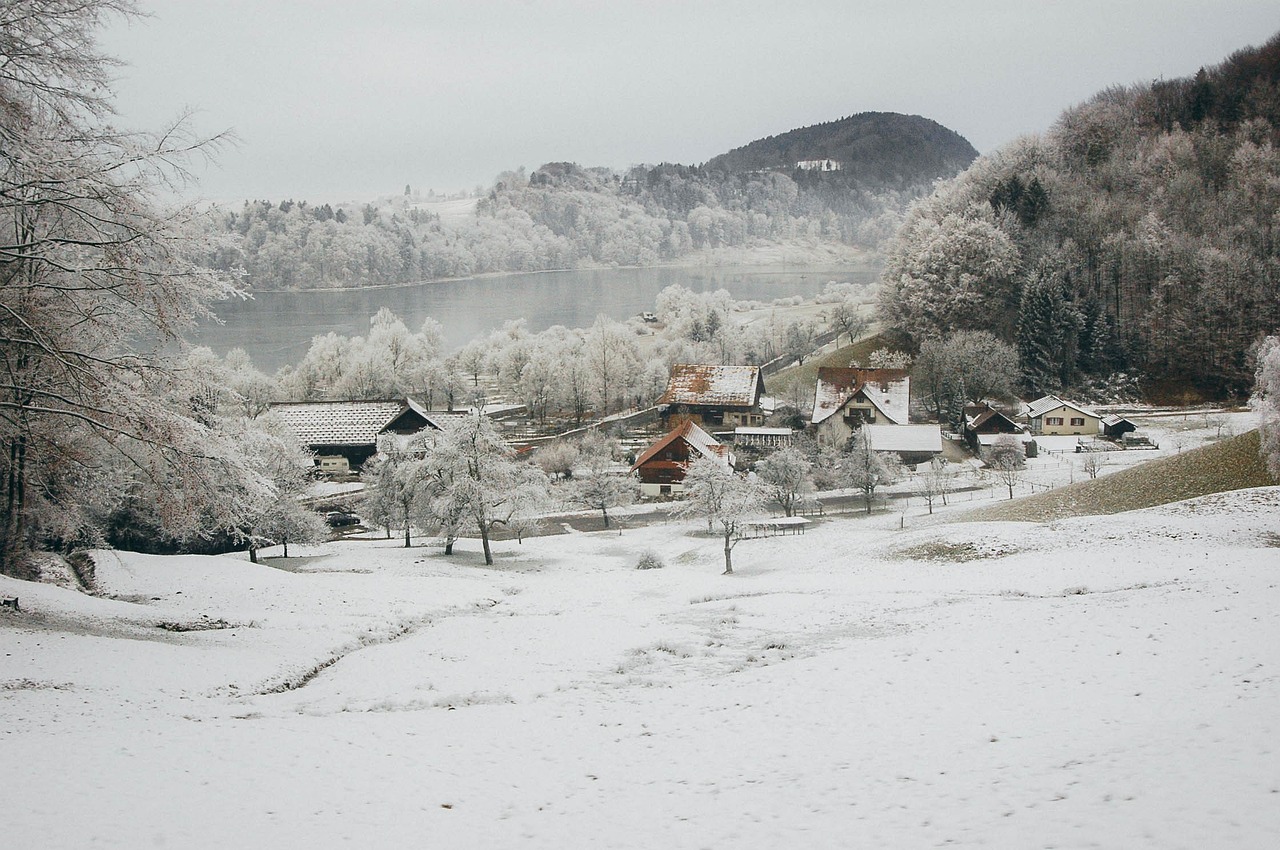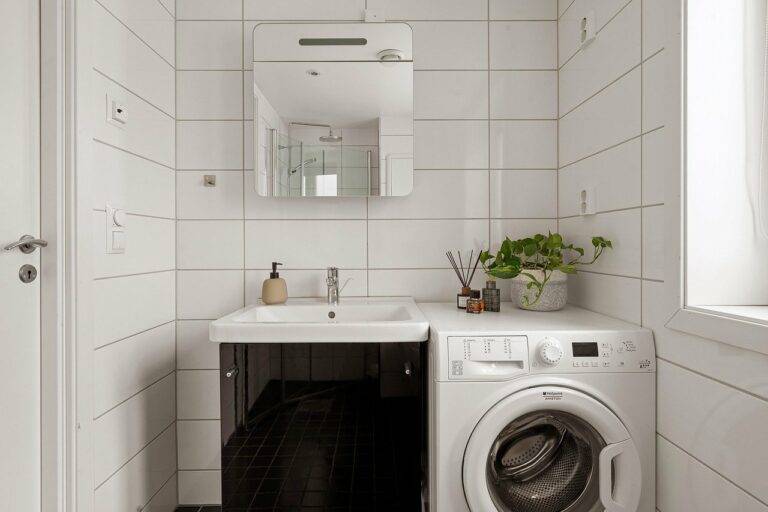The Importance of Proper Attic Ventilation: Preventing Moisture Buildup and Mold Growth
One of the key indicators of inadequate attic ventilation is excessive heat buildup in the summer months. Without proper airflow, the attic can become like a sauna, causing the temperature to soar to levels that are not only uncomfortable but also damaging to the structure of the roof. This can lead to premature aging of the shingles and other roofing materials, requiring costly repairs or replacements sooner than expected.
Another sign to watch out for is condensation or frost forming in the attic during the winter. When warm, moist air from inside the house meets the cold surfaces in the attic, it can lead to moisture accumulation. Over time, this moisture can promote the growth of mold and mildew, compromising the air quality in your home. If you notice any condensation or frost in your attic, it may be a red flag that your ventilation system is not functioning properly.
Potential Health Risks Associated with Mold Growth
Mold growth in attics can pose significant health risks to individuals living in the affected property. Exposure to mold spores can trigger respiratory issues such as coughing, wheezing, and nasal congestion. For individuals with allergies or asthma, mold exposure can exacerbate their symptoms and lead to more frequent attacks.
In addition to respiratory problems, mold exposure has been linked to skin irritations, headaches, and even fatigue. Prolonged exposure to certain types of mold can result in more severe health issues, including infections and neurological problems. It is crucial for homeowners to address mold growth in attics promptly to safeguard the health and well-being of their household members.
How Moisture Buildup Occurs in Attics
One common way in which moisture buildup occurs in attics is through improper ventilation. When the attic does not have sufficient ventilation, the warm air from inside the house can become trapped. As this warm air rises and meets the colder surface of the attic, condensation forms, leading to moisture buildup.
Additionally, moisture buildup can occur in attics due to inadequate insulation. Without proper insulation, the temperature inside the attic can fluctuate significantly, leading to the formation of condensation. This condensation can then promote mold growth and contribute to a damp environment in the attic.







